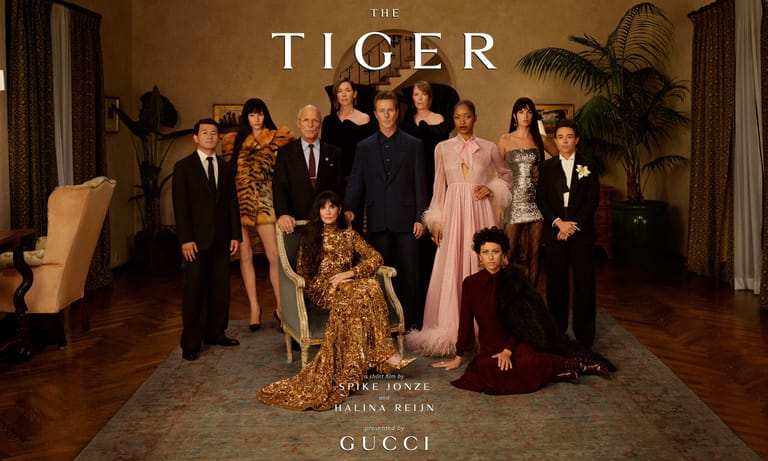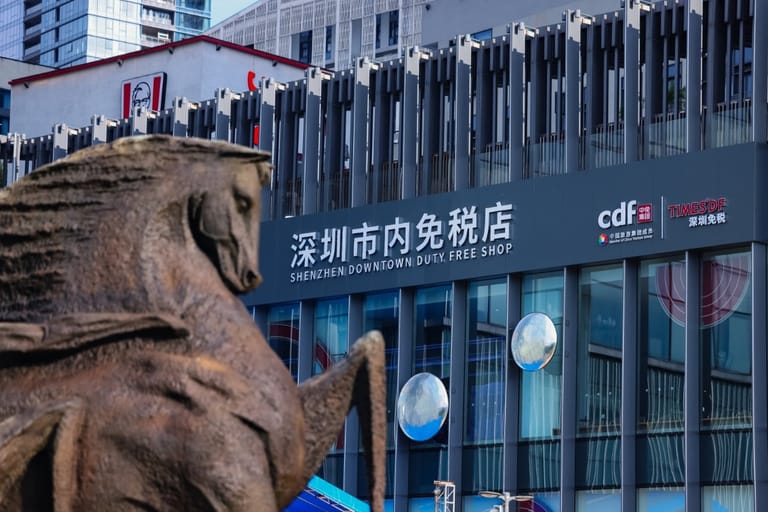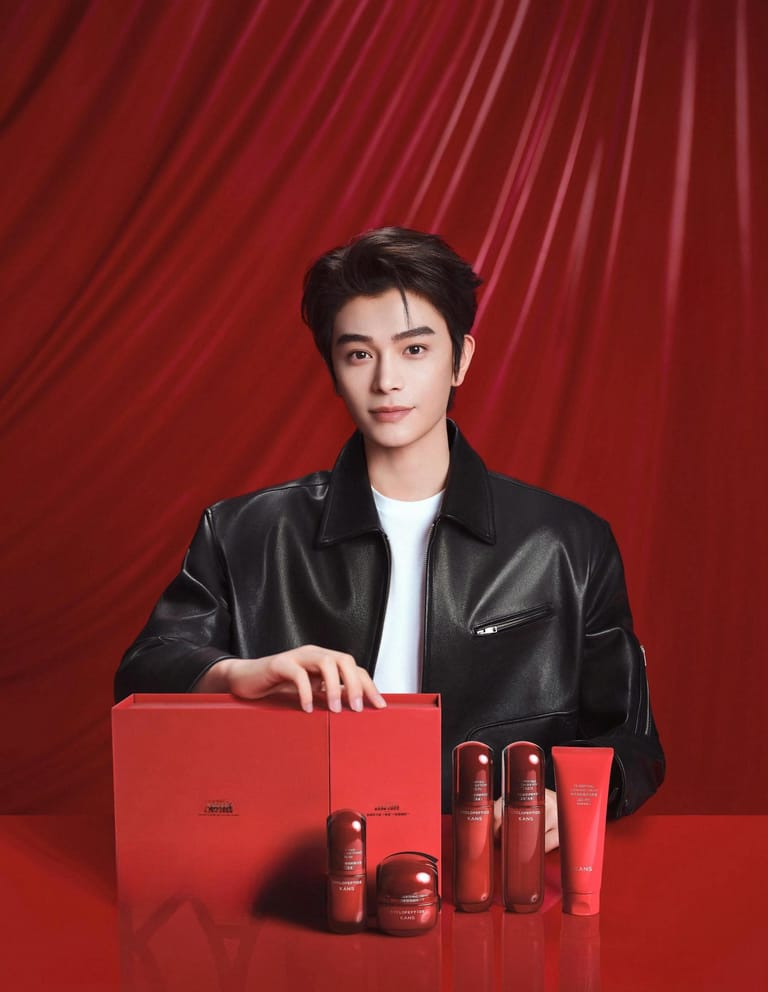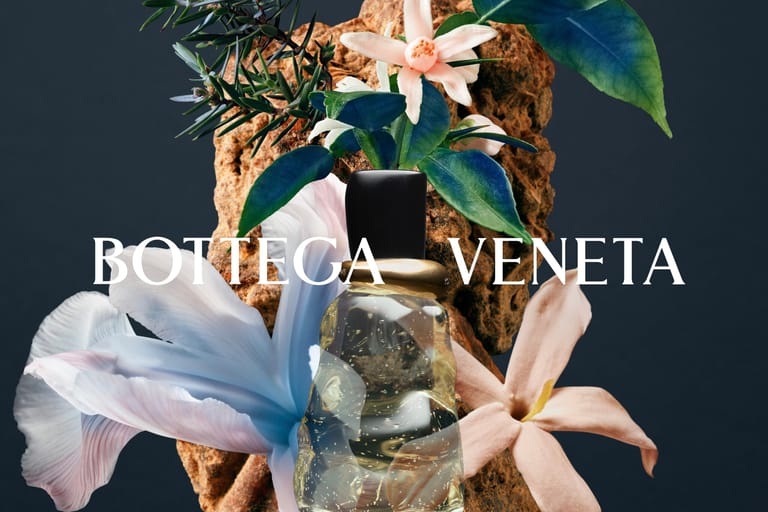Monday Briefing: How Amer Sports, L’Oréal, and the Dragon Boat Festival Signal the Next Wave of China’s Consumption Trends
By
Wenzhuo Wu

Published on
May 26, 2025
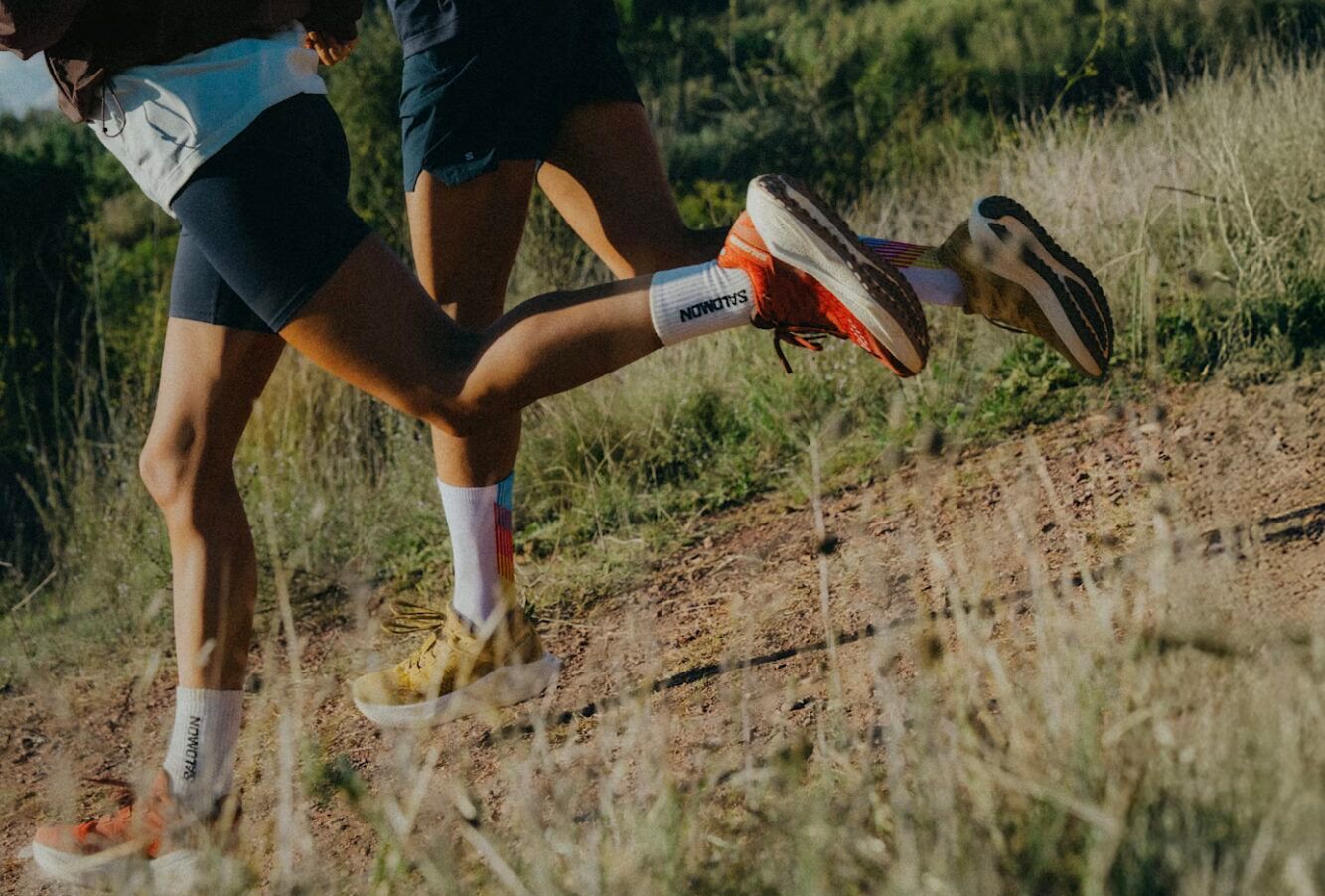
Start your week with sharp analysis and fresh insights into China’s latest cultural, luxury, and consumer trends. Monday Briefing connects the dots between local shifts and global repercussions, highlighting relevance to the luxury market, business strategies, and modern lifestyle trends shaping our world today.
The past week marked a pivotal moment across various categories, including luxury sportswear, biotech beauty, and domestic tourism. Each headline reveals not only short-term performance spikes but also deeper structural shifts: the continued premiumization of outdoor lifestyles, the verticalization of innovation supply chains, and the cultural revival of China’s tourism economy.
Arc’teryx and Salomon Push Amer Sports to Historic Q1 Highs
Amer Sports’ Q1 FY2025 performance leaves little room for ambiguity: Premium outdoor continues to dominate global activewear demand, with China emerging as a key revenue engine. The company posted $1.47 billion in revenue, a 23 percent annual increase, with net profit surging to $135 million from a mere $5 million a year ago. Gross margin improved by 350 basis points to 57.8 percent, signaling enhanced operational efficiency, likely due to premium pricing and an improved product mix.

The standout driver: Arc’teryx, which pushed technical apparel sales up 28 percent annually to $664 million. Salomon footwear also saw strong momentum globally, fueling a 25 percent growth in the Outdoor Performance segment. These results reflect more than just brand power—they underline the consumer shift toward high-performance lifestyle and hybrid urban-outdoor aesthetics.
China proved to be a particularly bright spot: Revenues in Greater China grew 43 percent year over year to $446 million. The country is home to hundreds of Salomon and Arc’teryx retail locations. CEO James Zheng’s commentary acknowledged U.S. tariff uncertainties but emphasized the group’s pricing resilience and low US exposure as buffers. In the context of China’s Gen Z-led outdoor boom and rising national affinity for functional luxury, Amer’s Q1 data cements the country as a growth core for premium outdoor players.
L’Oréal’s Bet on Veminsyn Highlights China’s Strategic Value in Beauty Bio-Innovation
L’Oréal’s minority investment in Veminsyn, a synthetic biology startup and former winner of the 2023 Big Bang innovation program, marks a strategic deepening of its China-first innovation thesis. Through its Shanghai-based Meicifang unit and global VC arm BOLD, L’Oréal is not just sourcing ingredients: It’s embedding itself into China’s upstream biotech ecosystem.
Veminsyn’s edge lies in its biomanufacturing platforms, which develop high-performance, low-carbon active ingredients for skincare. Already supplying domestic leaders like Huaxi Bio, Florasis, and Perfect Diary, the company sits at the intersection of clean beauty, sustainability, and supply-chain sovereignty—all major forces shaping China’s cosmetics future.
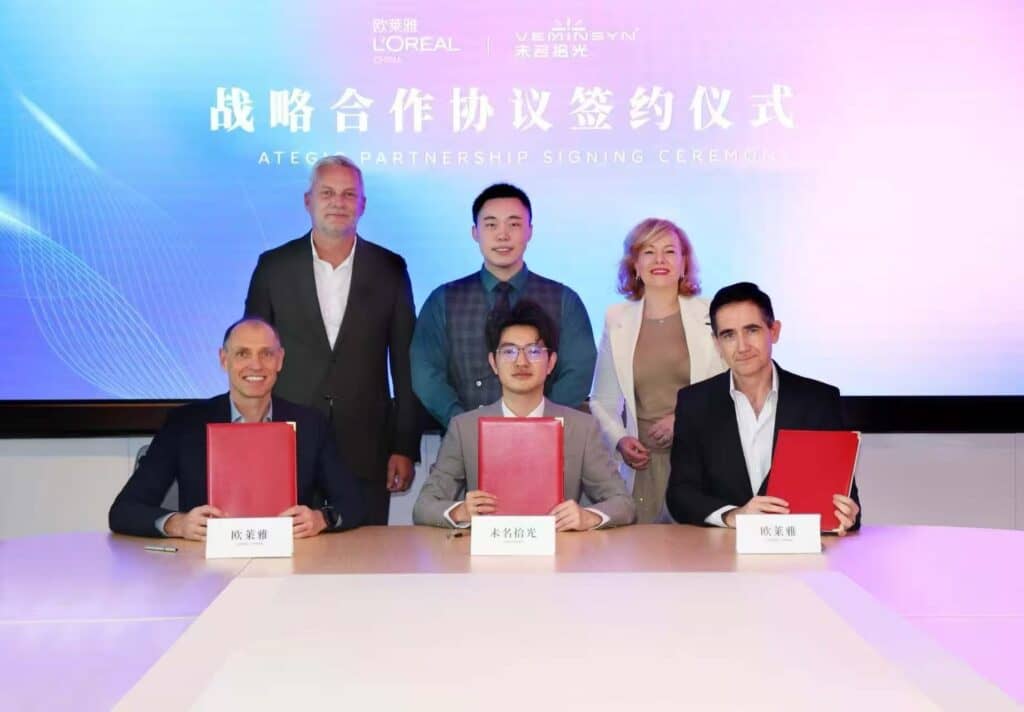
The move aligns with L’Oréal’s long-term pivot toward nature-derived actives and green chemistry. But more critically, it signals a shift from downstream market capture to upstream control in China. As national policy continues to support biotech R&D and domestic beauty tech surges, L’Oréal’s play reflects more than a partnership; it represents a structural investment in China as a global innovation lab.
Dragon Boat Tourism Surges as Duanwu Holiday Approaches
The 2025 Duanwu, or Dragon Boat, Festival saw a notable 63 percent spike in cultural tourism bookings from the previous year on Meituan, underscoring a marked consumer pivot toward heritage-infused short-haul travel over the three-day holiday period. Ctrip is reporting a 23 percent rise in local getaway bookings and a 50 percent uptick in folk experience searches, while Meituan’s “dragon boat” keyword searches surged over 200 percent. Major cultural cities like Foshan, Hangzhou, and Nanjing topped dragon boat destination lists.
This isn’t just seasonal enthusiasm reflecting a maturing “micro-vacation” market, where authenticity and locality are prized over scale. Star-rated hotel bookings have doubled, further supporting the idea that Chinese travelers are willing to pay for premium experiences, especially those that are immersive and culturally rich.
Noteworthy is the sharp rebound in inbound interest, as hotel searches by international travelers have also doubled during the holiday, with Southeast Asia, the US, and Europe the leading source markets. This data supports the ongoing rebound in China’s inbound tourism, positioning Duanwu—a holiday featuring dragon boat races, traditional performances, and parades—as a promising time to visit the country.
The Bottom Line
China is no longer just a market but a laboratory, a testing ground, and increasingly, the source code for future-facing consumer strategies. From Amer Sports’ outsized growth in premium outdoorwear to L’Oréal’s bet on domestic biotech, and the robust cultural tourism seen during Duanwu, the message is clear: Value creation is local, experiential, and shifting upstream. Winning brands aren’t simply meeting demand but building the infrastructure and stories that shape it.




